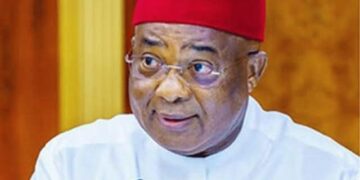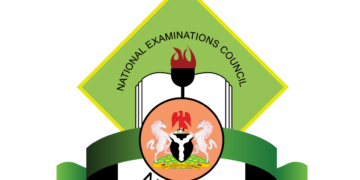Katsina State, battered for years by insecurity and creeping economic hardship, is writing a new chapter under Governor Malam Dikko Umaru Radda’s administration.
As the deputy governor, Faruk Lawal, laid out in a recent press briefing, the changes are not just whispered promises but visible transformations stitched across the fields of security, land management, and power supply.
Katsina State, historically battered by banditry and insecurity, is witnessing a shift under Governor Radda’s assertive leadership, blending kinetic and non-kinetic strategies to restore peace.
A major highlight is the creation of the Katsina Community Watch Corps (KCWC), a formidable locally trained security outfit.
The government has committed over ₦5 billion toward procuring operational vehicles, motorcycles, sophisticated drones, advanced communication gadgets, and combat equipment, ensuring that frontline and vulnerable communities are no longer left to fend for themselves.
Beyond hardware, the government has embraced a human-centred approach, investing approximately ₦1 billion in supporting victims of banditry and internally displaced persons with financial assistance, free medical care, and trauma support programs.
The establishment of the Ministry of Internal Security and Home Affairs and the State Security Council Advisory Committee are bold steps, signaling a deliberate institutionalization of grassroots-driven security architecture.
Thousands of imams, na’ibis, ladans, ward heads, and vigilante groups have been mobilised across communities to foster reconciliation, vigilance, and grassroots peacebuilding.
One crowning moment in these reforms was the successful hosting of the Northwest Peace and Security Summit in collaboration with the UNDP, a gathering that birthed a homegrown security framework now being embraced across the region.
Slowly but surely, towns once choked by fear are breathing again, and community life is finding its rhythm.
Parallel to the security gains, land management in Katsina State has been revolutionised. Recognising the explosive population growth and the imperative for orderly urban development, the administration has invested heavily in modernising the Ministry of Lands and Physical Planning.
The Katsina State Geographic Information Service (KATGIS) project alone attracted a financial injection of ₦7.8 billion, channelled into software development, hardware procurement, and the production of fortified land documents.
By digitising land documentation processes, the state has drastically curbed fraud, increased transparency, and bolstered its internally generated revenue base.
Urban planning has also received a new lease of life. In a bold move, the government funded the preparation and review of urban master plans for Katsina, Daura, and Funtua with an investment of ₦2.5 billion, ensuring the state’s cities are guided sustainably till 2040.
The revival of the State Urban and Regional Planning Board, supported by the acquisition of heavy machinery , payloaders, excavators, tippers, and motorbikes worth over ₦1.2 billion, now guarantees stronger development control mechanisms.











